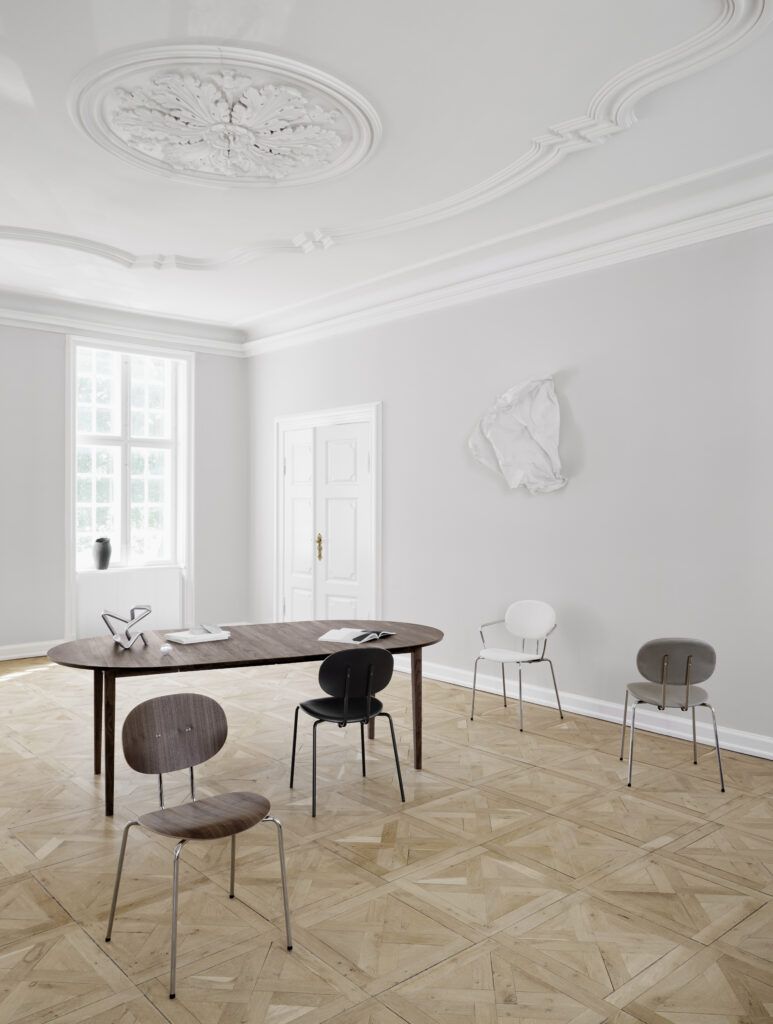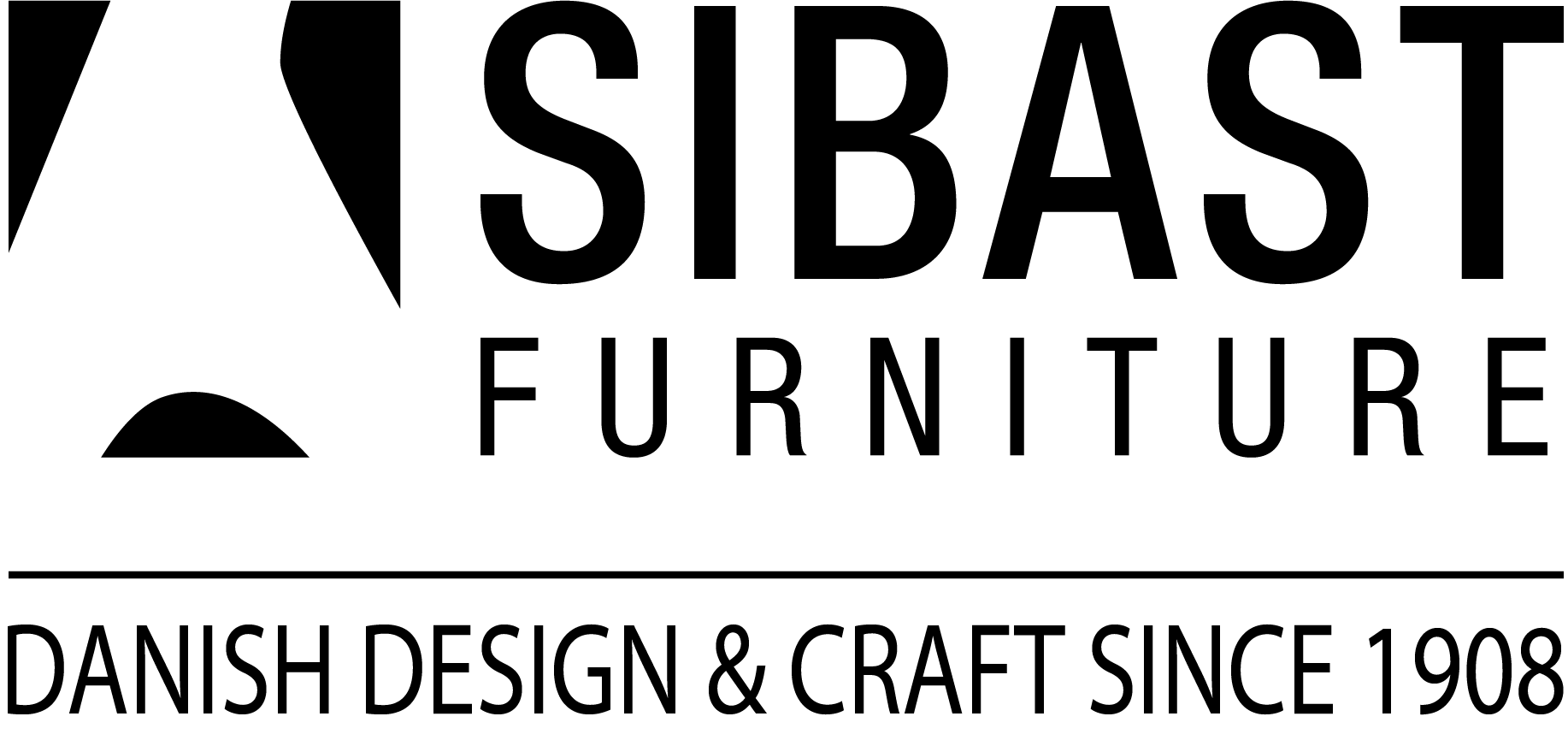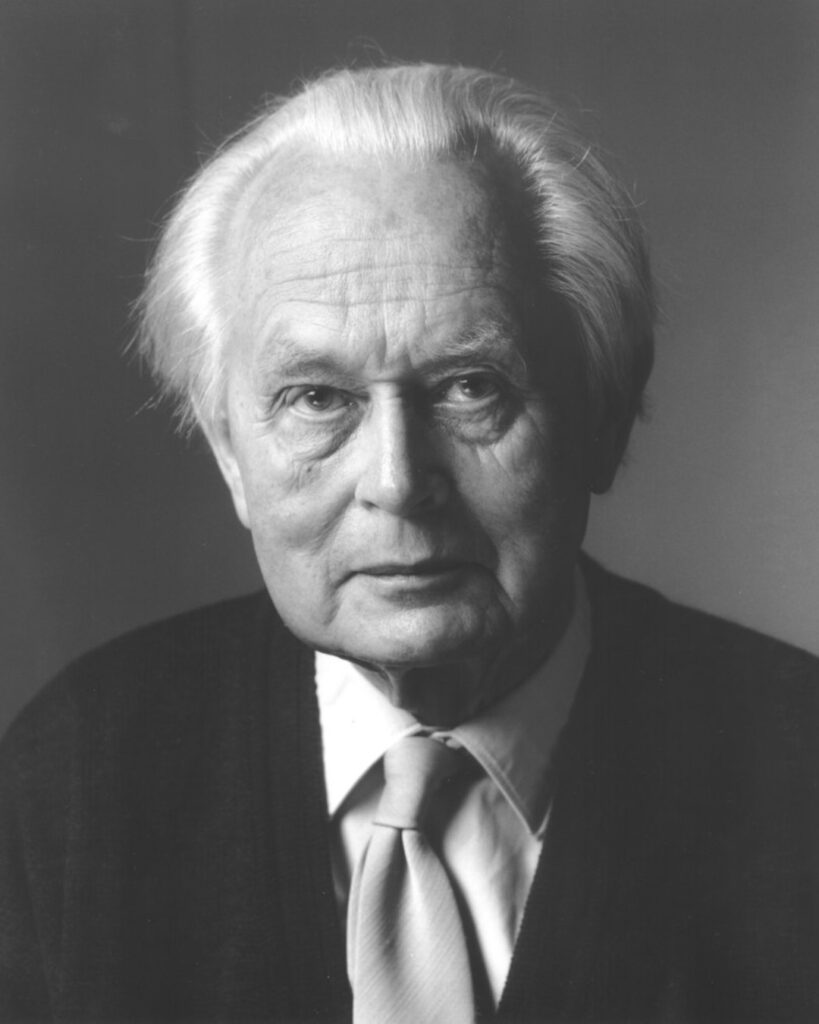PIET HEIN (1905-1996)
Poet, philosopher, mathematician, inventor and designer … multi-talented artist Piet Hein is one of Denmark’s greatest national treasures: a creative genius familiar to most Danes, either by virtue of his ingenious ‘grook’ verse or having dined while seated at one of his superellipse tables.
Piet Hein has left his mark on Danish culture and architecture, moving effortlessly through the realms of philosophy, mathematics, lyricism and art. His education was also characterised by his inquisitive disposition and his interests in multiple sciences and art forms. He studied art in Stockholm and humanist philosophy and theoretical physics in Copenhagen. Piet Hein wanted to build bridges between the sciences: to show how physics is aligned with art, born out of the same abilities to imagine what has yet to be discovered – and that art is the solution to the world’s problems to an equally great extent.
Piet Hein blazed his own trails and followed them in a lyrical, architectural oeuvre spanning almost sixty years where his recognisable hallmarks in language and materials are design as an art form.

PIET HEIN (1905-1996)
Poet, philosopher, mathematician, inventor and designer … multi-talented artist Piet Hein is one of Denmark’s greatest national treasures: a creative genius familiar to most Danes, either by virtue of his ingenious ‘grook’ verse or having dined while seated at one of his superellipse tables.
Piet Hein has left his mark on Danish culture and architecture, moving effortlessly through the realms of philosophy, mathematics, lyricism and art. His education was also characterised by his inquisitive disposition and his interests in multiple sciences and art forms. He studied art in Stockholm and humanist philosophy and theoretical physics in Copenhagen. Piet Hein wanted to build bridges between the sciences: to show how physics is aligned with art, born out of the same abilities to imagine what has yet to be discovered – and that art is the solution to the world’s problems to an equally great extent.
Piet Hein blazed his own trails and followed them in a lyrical, architectural oeuvre spanning almost sixty years where his recognisable hallmarks in language and materials are design as an art form.
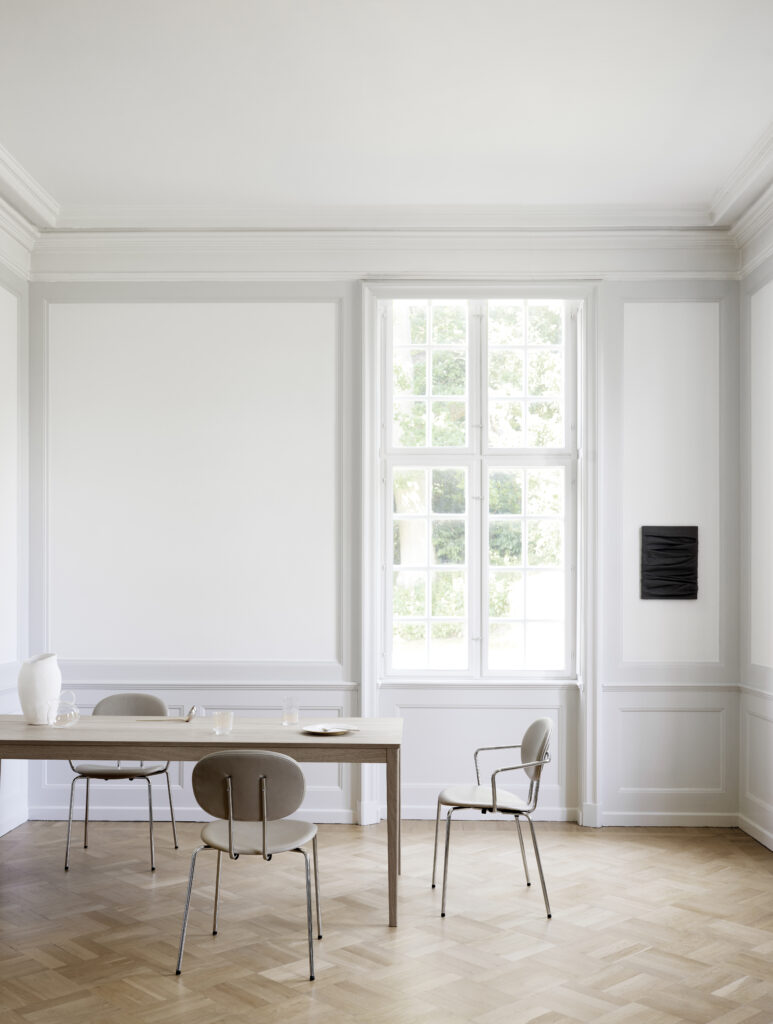
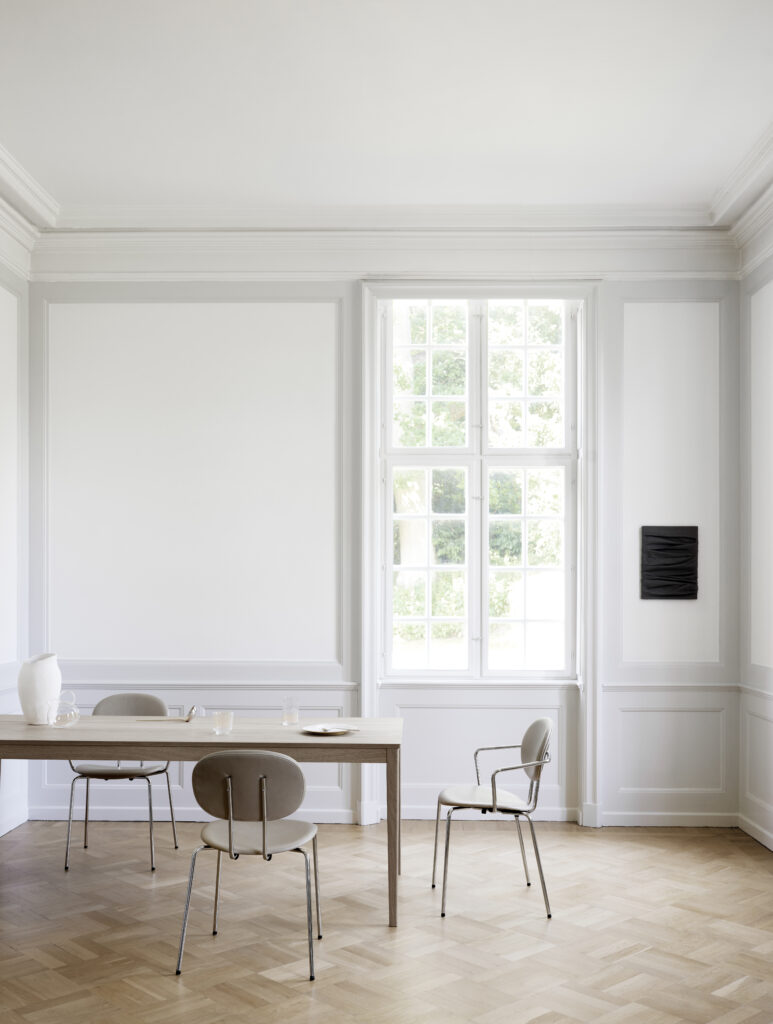
As a designer and architect, Piet Hein is best known for inventing the superellipse, a mathematical curve that combines the shapes of a circle and a rectangle into an oval shape. He first used the superellipse to resolve a traffic-related problem involving Stockholm’s Sergel Torg city square in the early 1960s.
Later on, he used the shape in other contexts as well, including the superellipse table of 1968. The unique superellipse shape is also the basis for the PIET HEIN chair, which Piet Hein designed for the superellipse table in 1968, but which was only put into production in 2021 as a result of joint efforts by the Hein family and Sibast Furniture.
As a designer and architect, Piet Hein is best known for inventing the superellipse, a mathematical curve that combines the shapes of a circle and a rectangle into an oval shape. He first used the superellipse to resolve a traffic-related problem involving Stockholm’s Sergel Torg city square in the early 1960s.
Later on, he used the shape in other contexts as well, including the superellipse table of 1968. The unique superellipse shape is also the basis for the PIET HEIN chair, which Piet Hein designed for the superellipse table in 1968, but which was only put into production in 2021 as a result of joint efforts by the Hein family and Sibast Furniture.
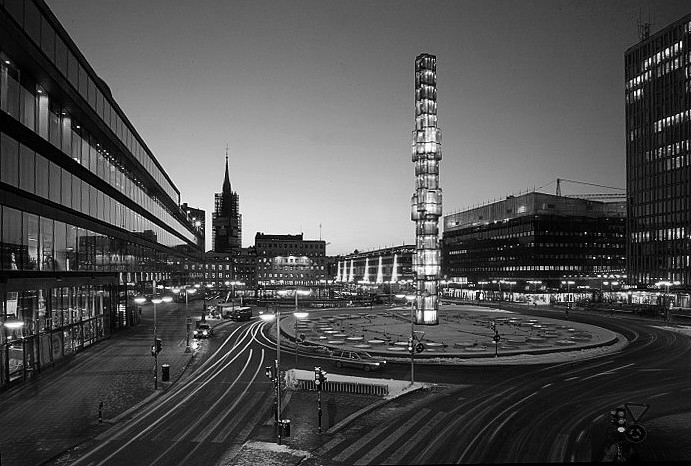
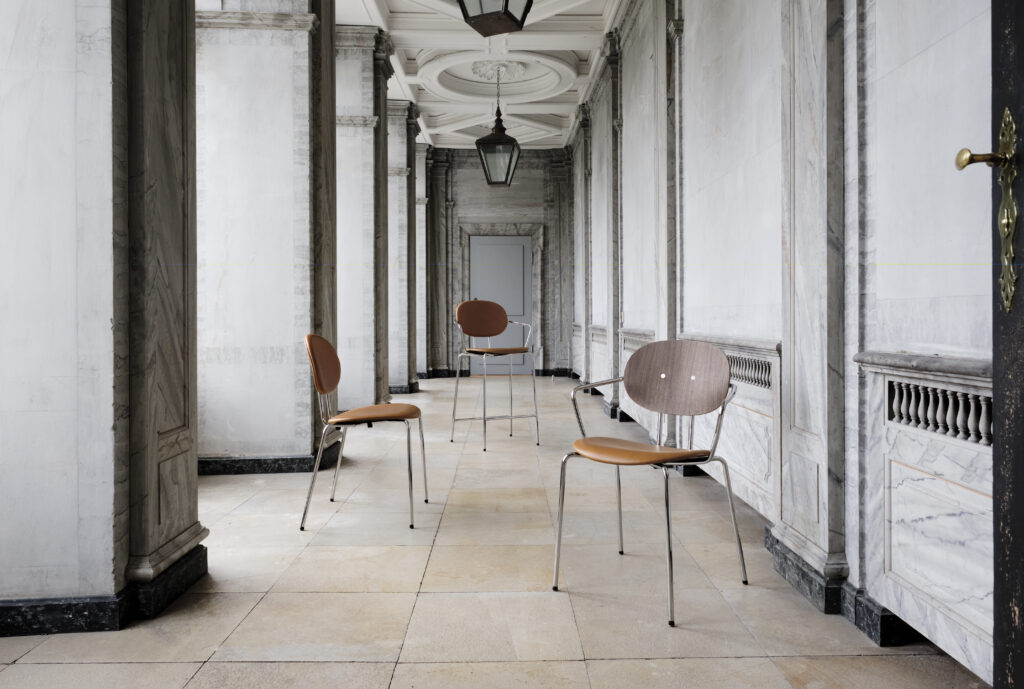
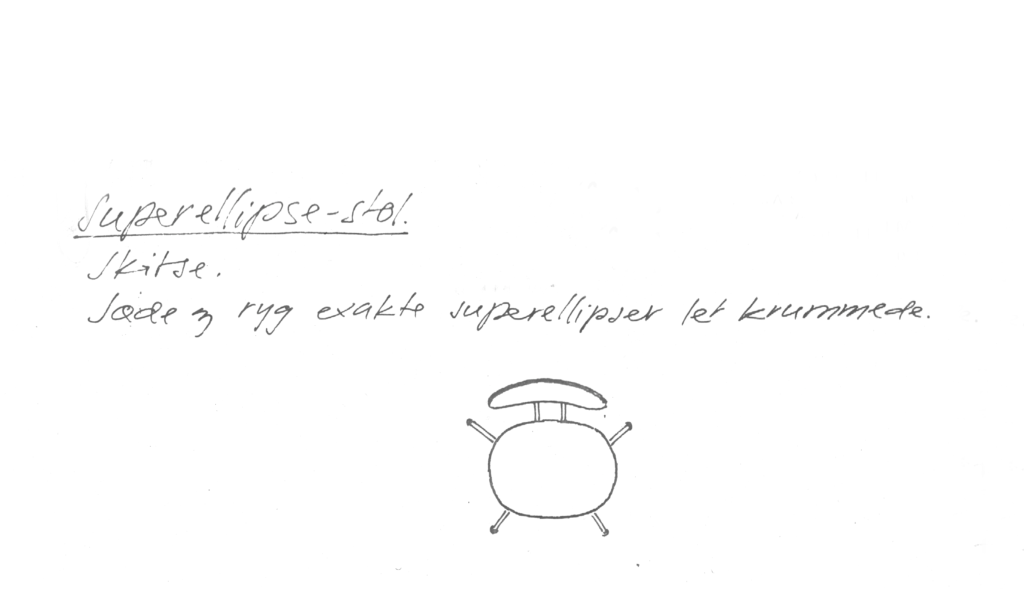
Superellipse™- chair.
Drawing.
Seat and back exact superellipes™ slightly curved
Superellipse™- chair.
Drawing.
Seat and back exact superellipes™ slightly curved

Superellipse™- chair.
Drawing.
Seat and Back exact superellipes™ slightly curved
During his career, Piet Hein took out patents for more than 3,000 ideas in a number of the areas he was engaged in, and many gems are still waiting to be discovered in the comprehensive archive he left behind. At the same time, he composed more than 10,000 brief, aphoristic ‘grook’ poems, which were published for many years under the pseudonym Kumbel Kumbell.
Piet Hein was lauded with a profusion of honours and distinctions and received honorary doctorates both in the UK, where he lived for a number of years in the 1970s, and in Denmark up until his death in 1996.
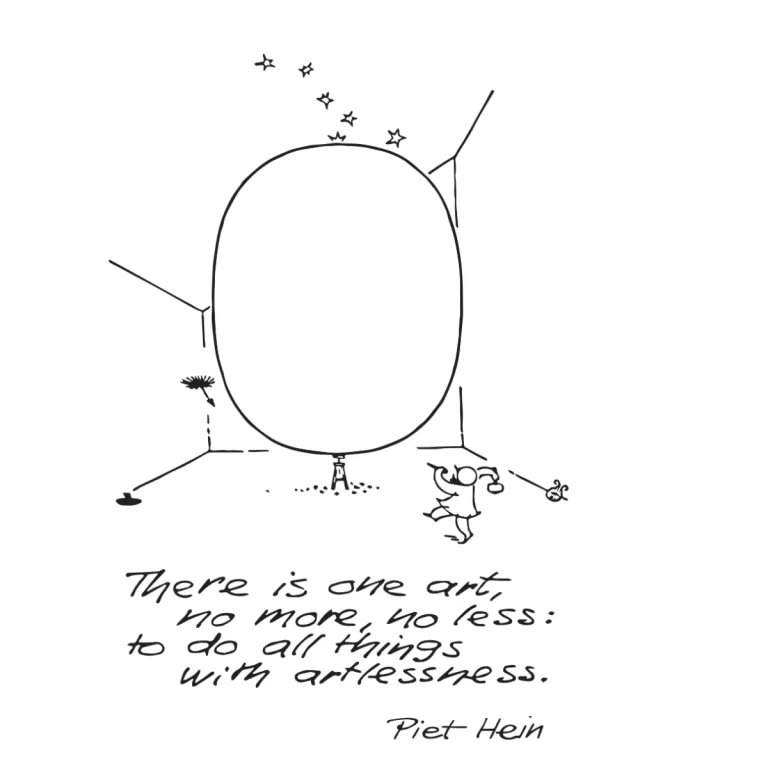
During his career, Piet Hein took out patents for more than 3,000 ideas in a number of the areas he was engaged in, and many gems are still waiting to be discovered in the comprehensive archive he left behind. At the same time, he composed more than 10,000 brief, aphoristic ‘grook’ poems, which were published for many years under the pseudonym Kumbel Kumbell.
Piet Hein was lauded with a profusion of honours and distinctions and received honorary doctorates both in the UK, where he lived for a number of years in the 1970s, and in Denmark up until his death in 1996.
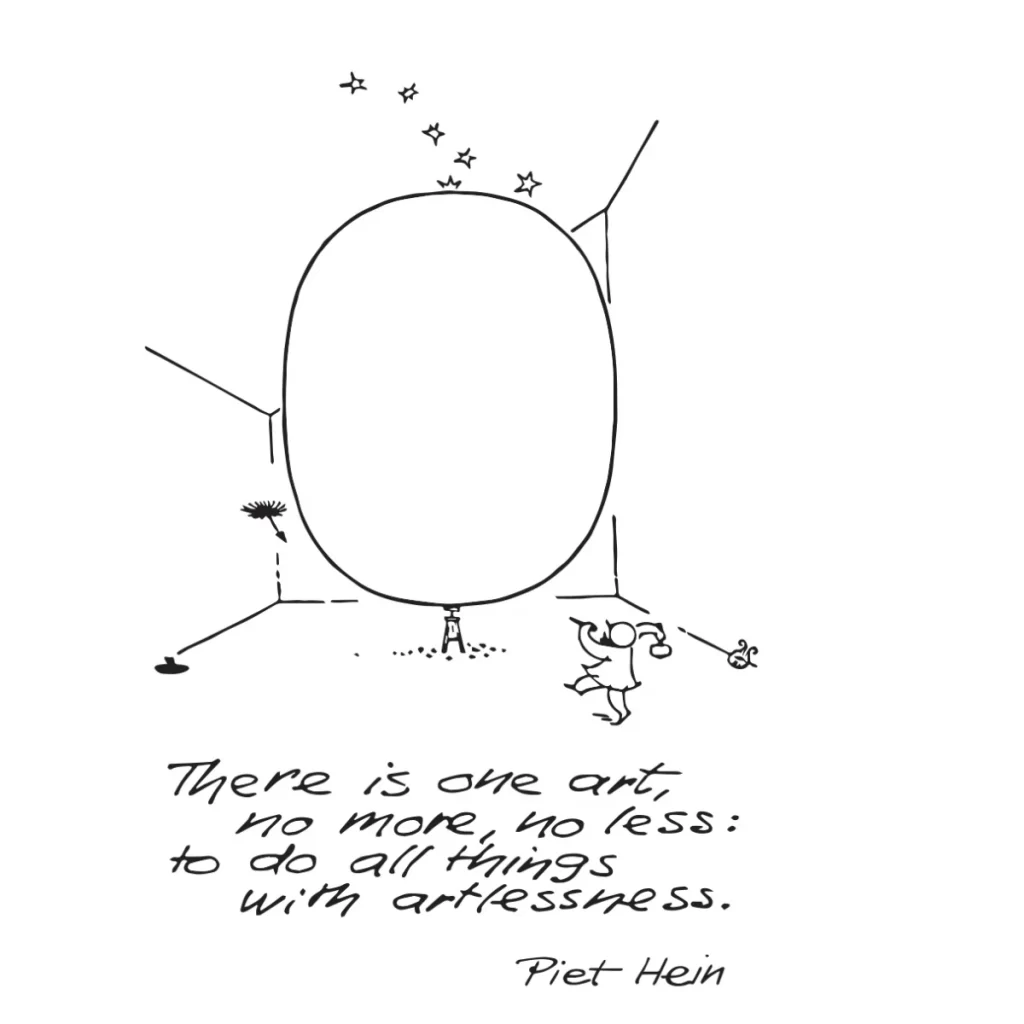
The superelliptical chair stands out as a fine example of Piet Hein’s manner of envisaging form and function. Hans evne til at skære ind til benet, uanset om det var i ord eller fysiske materialer, fornægter sig ikke, og måske er det forklaringen på, at stolen stadig fremstår frisk og moderne i sit udtryk.
Nor does Hugo Piet Hein (Piet Hein’s son), who manages his father’s design heritage, have any explanation for why the chair was never before put in production.
– Only a single prototype of Piet Hein’s superelliptical chair was ever made, and that’s what we’ve used as the basis for the updated model, Hugo Piet Hein explains. He thinks the fate of the chair has something to do with the fact that Piet Hein was working on so many ideas and projects at the same time.
– My dad left behind a veritable treasure trove of texts, sketches, and prototypes, and it’s always a joy to breathe new life into some of his hidden and forgotten designs, emphasizes Hugo Piet Hein, who has followed the process of re-creating the PIET HEIN chair with great interest and dedication.
The superelliptical chair stands out as a fine example of Piet Hein’s manner of envisaging form and function. Hans evne til at skære ind til benet, uanset om det var i ord eller fysiske materialer, fornægter sig ikke, og måske er det forklaringen på, at stolen stadig fremstår frisk og moderne i sit udtryk.
Nor does Hugo Piet Hein (Piet Hein’s son), who manages his father’s design heritage, have any explanation for why the chair was never before put in production.
– Only a single prototype of Piet Hein’s superelliptical chair was ever made, and that’s what we’ve used as the basis for the updated model, Hugo Piet Hein explains. He thinks the fate of the chair has something to do with the fact that Piet Hein was working on so many ideas and projects at the same time.
– My dad left behind a veritable treasure trove of texts, sketches, and prototypes, and it’s always a joy to breathe new life into some of his hidden and forgotten designs, emphasizes Hugo Piet Hein, who has followed the process of re-creating the PIET HEIN chair with great interest and dedication.
